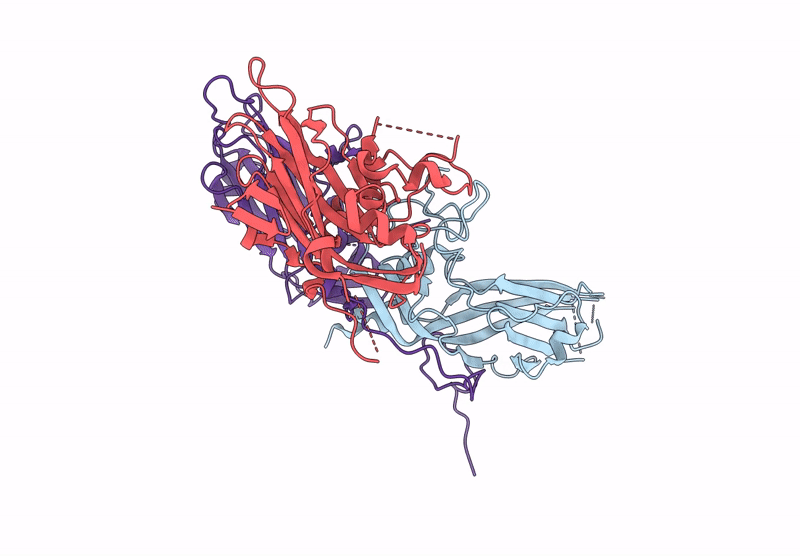
Deposition Date
2024-07-02
Release Date
2024-12-18
Last Version Date
2024-12-18
Entry Detail
Biological Source:
Source Organism:
Human rhinovirus 89 ATCC VR-1199 (Taxon ID: 650130)
Host Organism:
Method Details:
Experimental Method:
Resolution:
1.96 Å
Aggregation State:
PARTICLE
Reconstruction Method:
SINGLE PARTICLE


